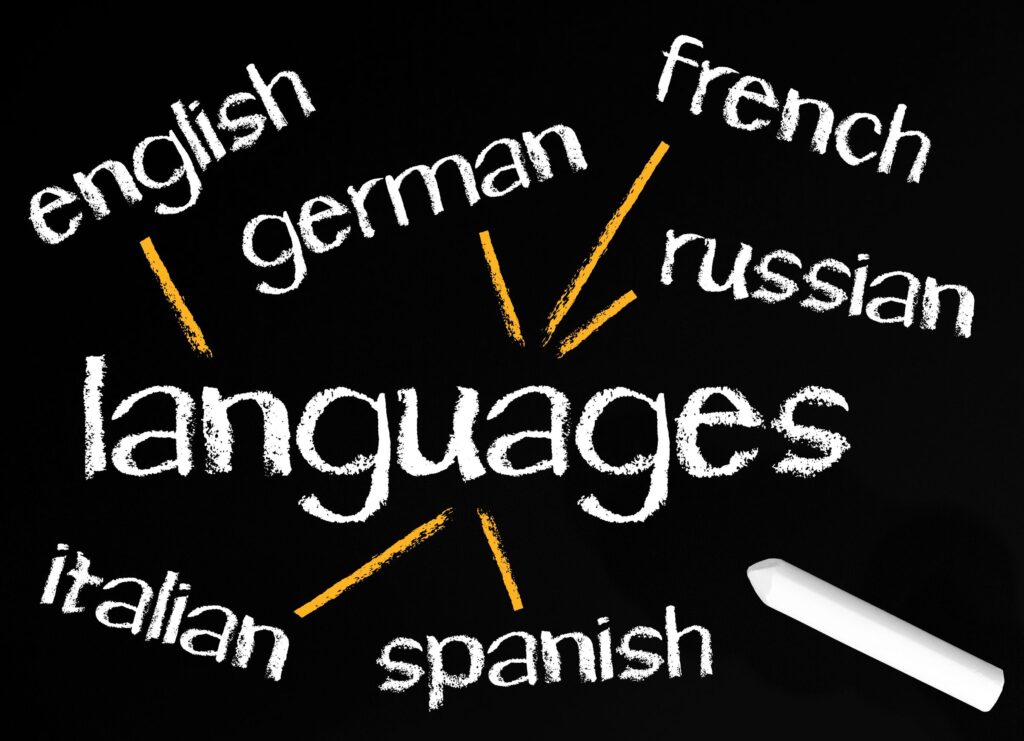Translation and localization are becoming more critical than ever before. With globalization, the internet, and increased travel to other countries, it is no wonder that this industry has grown so rapidly over the past few years. While translation services have been around for centuries, their importance in today’s world cannot be understated. This blog post will discuss some of the most recent trends in translation and localization and how these trends might affect you!
What is the future of translation?
One of the most important trends in translation is machine learning. With machine learning, computers can learn how to translate text independently by analyzing a large number of translations and data. This technology has already been implemented in some online translation tools and services. As this technology continues to develop, machine learning will likely play an even more significant role in translation.
Another trend in translation is the increasing use of website localization services. Localization involves adapting content for a specific region or market. It is becoming more and more important as businesses try to expand into new markets. To be successful, companies must localize their content to resonate with the locals.
What does this mean for you?
If you are a business owner, it is important to keep these trends in mind when planning your translation and website localization strategies. Make sure that you are using the latest technologies and services to ensure that your content is translated and localized correctly. If you are looking for a translation or localization service, make sure to do your research! There are many options out there, and not all of them are created equal.
What languages are in demand for translation for 2022?
The language most in demand for translation in 2022 is Arabic. This isn’t too surprising, as Arabic is spoken by over 350 million people worldwide. Other languages in high demand include Spanish, Mandarin Chinese, Portuguese, and Hindi. If you are looking to learn a new language, these might be good options to consider!
According to a recent study, the most in-demand languages for translation in 2022 are:
- Mandarin Chinese
- Spanish
- Arabic
- Portuguese
- Japanese
- Korean
- Russian
- German
- French
Will translators still be needed in the future?
Yes, businesses and individuals will still need translators in the future. While machine learning can play a role in website translation, it cannot replace human translators. There are many things that software localization and translation machines cannot do, such as understanding the nuances of a language and cultural references. Human translators will always be necessary for complex translations and translation projects.
What is the difference between localization and translation?
Localization and translation are often used interchangeably, but they actually refer to very different things. Localization focuses on adapting content for a specific market or region, while translating involves changing text from one language to another. This term can be confusing because many companies use the terms “translation” and “localization” as if they were interchangeable. If you want help with your translations or localization project, make sure that you ask what each company means by these words!
Importance of Translation and Localization For Your Business
In order to be successful in the global marketplace, your business must invest in translation and localization services. By adapting your content for different regions and markets, you will be able to connect with more customers and increase sales. The right translation and localization service can help you reach new audiences while maintaining the quality of your content. Don’t miss out on potential profits – make sure to invest in these services today!
Translation & Localization Trends in 2022
The language industry is booming! With globalization, many people who need translations and localization services for foreign audiences have exploded. This is no wonder that this industry on digital platforms has grown so rapidly over the past few years. While translation services have been around for centuries, their importance in today’ world cannot be understated. This is due to several factors, including the following:
The globalization of business. As businesses expand into new markets, they need to localize their content for those regions. This requires accurate translation and localization services for multiple languages.
The growth of mobile devices. More people using smartphones and other mobile devices have a greater demand for localized content in target languages.
The rise of social media. Social media platforms are ideal channels for distributing localized content.
The increasing use of machine learning. Machine learning can play a role in a translation project, but it is not yet able to replace human translators completely.
These trends will continue into the future, so companies must invest in professional translation and localization services now! To stay ahead of the competition, you need to make sure that your business is accessible to customers in all corners of the globe. The language industry is booming and will only continue to grow!
Tips for Localization and Translation
If you are looking to localize or translate your content, there are a few things that you should keep in mind. Here are some tips:
- Make sure that you select the right translation company. Not all translation and localization services are created equal. Make sure to do your research and find a company with experience with the type of project and target language you want to undertake.
- Be aware of cultural differences. When translating content for a new market in a new language, it is important to be aware of cultural differences. Things that might be acceptable in one region could be considered offensive in another.
- Keep track of changes in language trends. As languages evolve over time, it is important to stay up-to- on new trends and slang words. If you want to stay ahead of the game, make sure that you keep up with language trends.
- Start localization early in the development process. When it comes time to localize your content, you should start planning as soon as possible. The more work that goes into translation and localization services before a project is complete, the better results will be on launch day!
What challenges have you faced with Localization & Translation Services? Let us know below!




